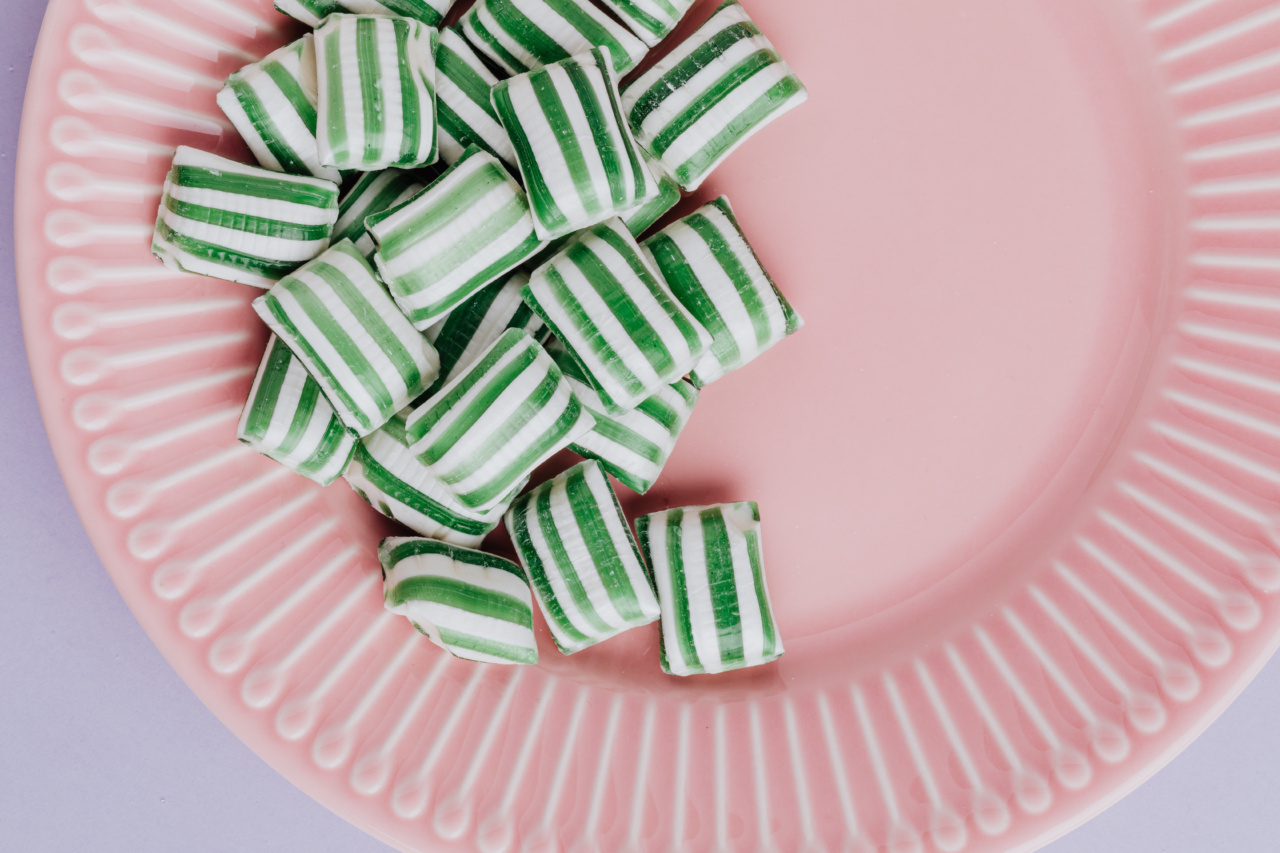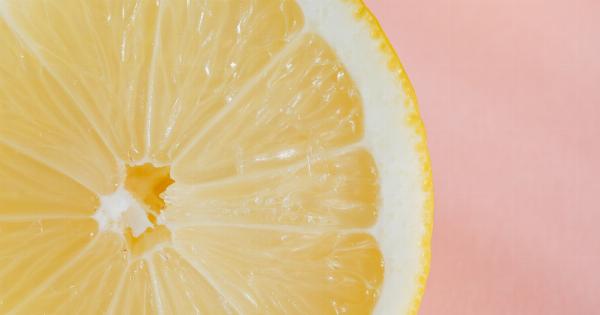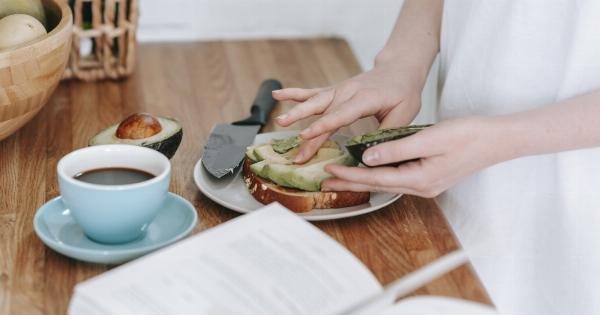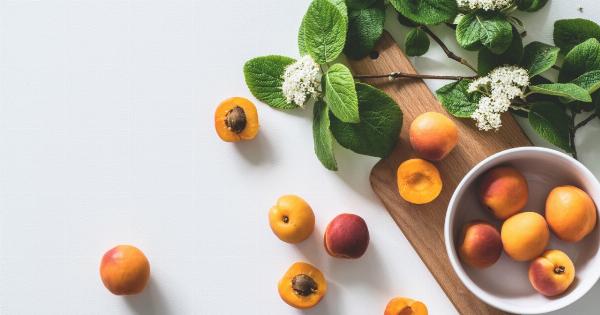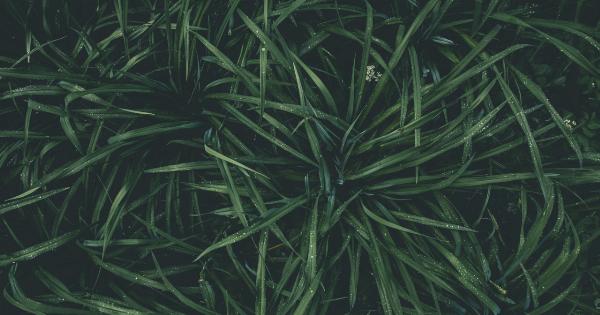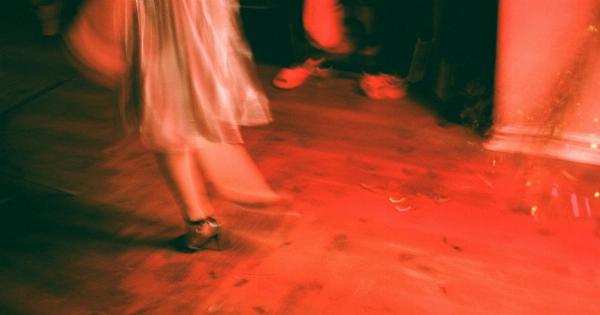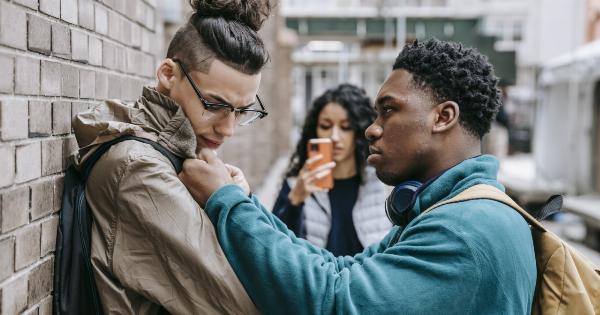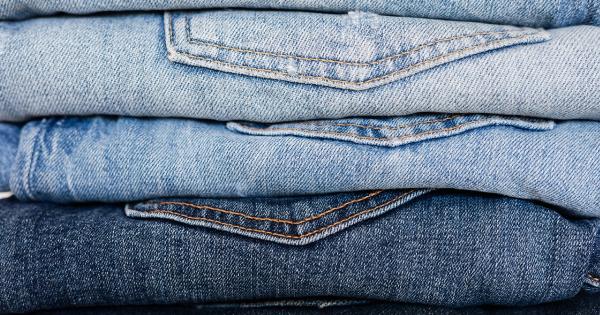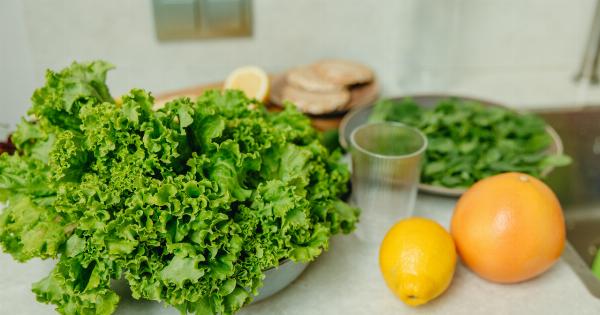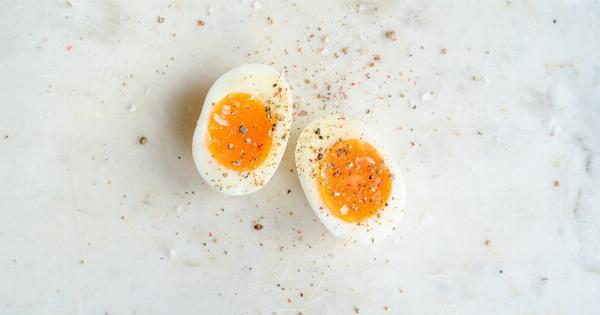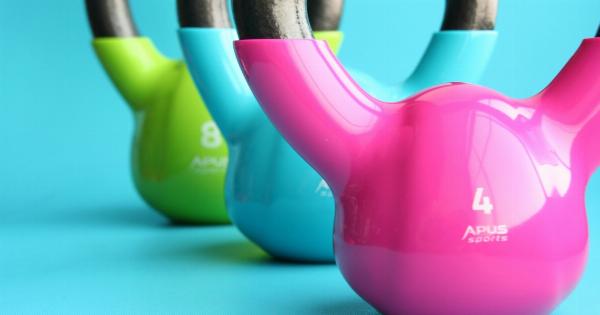Do you find yourself being particularly picky when it comes to food? Are there certain colors that you are more inclined to eat, while others completely turn you off? If so, you might be a selective eater.
And believe it or not, the colors of the dishes you eat off of can actually have an impact on your appetite. In this article, we will explore how dish colors can affect your food preferences and provide some fascinating insights into the psychology of eating.
The psychology of color
The influence of colors on our emotions and behavior has long been recognized by psychologists and marketers alike. From marketing strategies to interior design, color is known to subconsciously affect our mood, perceptions, and even our appetite.
When it comes to food, color is an essential factor that can determine whether we find something appetizing or not.
Color psychology and food preferences
Color psychology suggests that different colors can evoke specific emotional and psychological responses. These responses can vary from person to person and are influenced by cultural and personal experiences.
When it comes to food, the colors of the dishes we eat off of can subconsciously affect our perception of taste and desirability.
Red, for example, is known to stimulate the appetite and increase the overall enjoyment of food. It is a color often associated with energy and excitement.
This is why many fast-food restaurants incorporate red in their branding and decor as it encourages customers to eat quickly and feel more satisfied with their meal.
On the other hand, blue is a color that has been shown to suppress the appetite. There are very few naturally blue foods, so our brain has developed an association between the color blue and poisonous or spoiled food.
This is why you rarely come across blue dishes or tableware in restaurants.
The impact of dish colors on taste perception
Not only do dish colors influence our appetite, but they can also influence our perception of taste. In a fascinating study conducted by researchers at Oxford University, participants were asked to sample various foods while blindfolded.
The same food was presented on different colored plates, and participants were asked to rate their perceived taste and flavor.
The study found that the color of the plate significantly affected how the food was perceived. For example, participants reported that food tasted saltier when served on a white plate compared to when it was served on a black plate.
Similarly, food was perceived as sweeter when served on a pink plate compared to a green one.
This phenomenon is known as “sensory-specific satiety” and is attributed to the concept of neural adaptation.
Our brain adapts to stimuli in our environment, including the color of the plate, and this adaptation affects our perception of taste.
Using color to improve your eating habits
Understanding the impact of dish colors on our appetite can provide valuable insights into improving our eating habits.
If you are a selective eater, incorporating certain colors into your mealtime routine may help expand your food preferences and encourage a more varied diet.
For example, if you struggle to incorporate enough fruits and vegetables into your diet, consider investing in vibrant green plates or bowls.
The color green is often associated with freshness and health, and using green dishware may make these types of foods more appealing to you.
On the other hand, if you struggle with portion control or tend to overeat, opting for blue dishes might be a helpful strategy.
The color blue has a calming effect and can help reduce the overall appetite, making it easier to stick to appropriate portion sizes.
Conclusion
Next time you sit down for a meal, take a moment to consider the colors of your dishes. The impact of dish colors on our perception of taste and appetite is a fascinating area of study.
Understanding how colors influence our food preferences can be a useful tool in improving our eating habits and expanding our palate.
